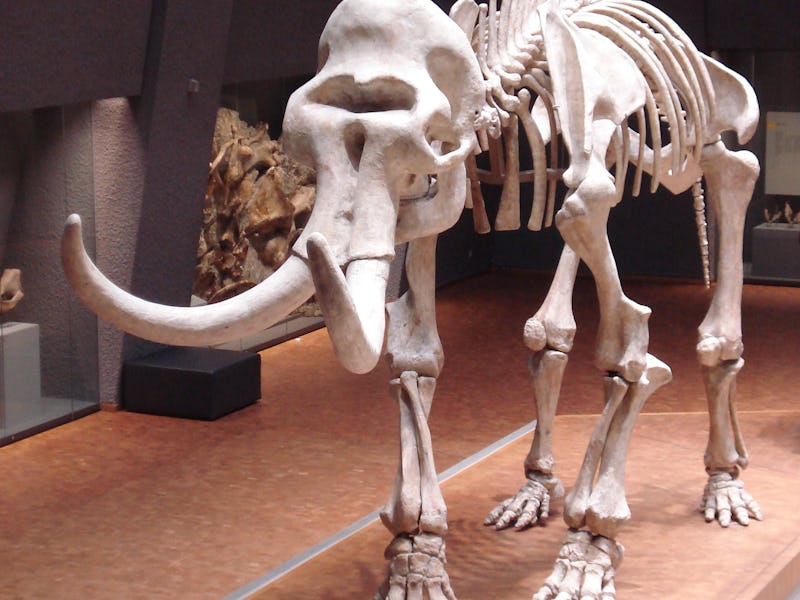Russia Is Trying To Clone the Woolly Mammoth Too
We're bracing ourselves for a Siberian Jurassic World. And it's inevitable sequel.

Russia’s the newest contender in the race to clone a woolly mammoth. And thanks to the country’s massive collection of preserved prehistoric animals, it probably won’t take long to catch up.
Back in 2010, the world’s best-preserved woolly mammoth was discovered in Siberia, where Russia’s new mammoth cloning lab is based. Current efforts to clone the ancient beasts — led by scientists at Harvard and the University of Chicago — have been held back by the quality of their mammoth DNA, extracted piecemeal from smaller animal fragments.
All of the researchers in this field ostensibly have the same goal: to resurrect extinct mammals by inserting parts of their DNA into that of related present-day species. The elephant-mammoth zombie mashups are the best way to keep ancient genes — say, those for shaggy fur or smaller ears — alive. One argument for pursuing these efforts is that these genes could be crucial for keeping species alive as climate change transforms their natural habitats.
Cloning in the traditional “exact-copy” sense is a bit of a misnomer here. Putin’s not about to breed a herd of woolly mammoths for his next shirtless hunting jaunt — dammit — but in theory, the Russians can produce a modern-day army of Asian elephants carrying some of their ancient cousin’s genes. They’ve brought on the Beijing Institute of Genomics and South Korea’s Sooam Biotech company — pioneers in dog cloning — as collaborators.
Despite having better DNA sources, the Russian team — like all of the researchers in this field — still has the actual cloning part to figure out. Everyone seems to get stuck on figuring out how to actually express the engineered elephant-mammoth genes in modern elephant eggs, buying us time to mentally prepare for the terrifying prospect of Putin’s real-life Jurassic World.